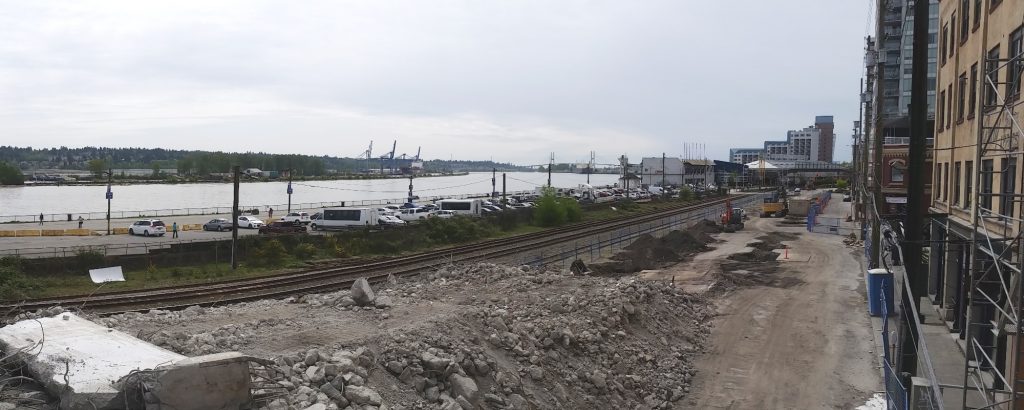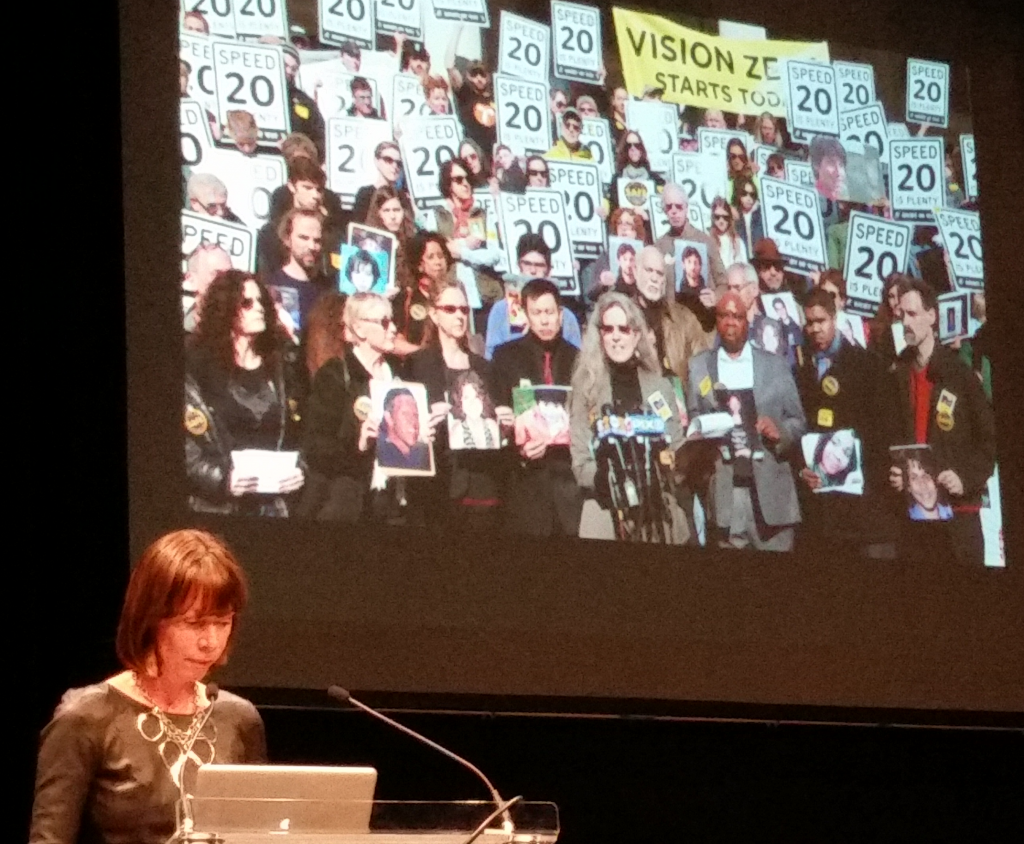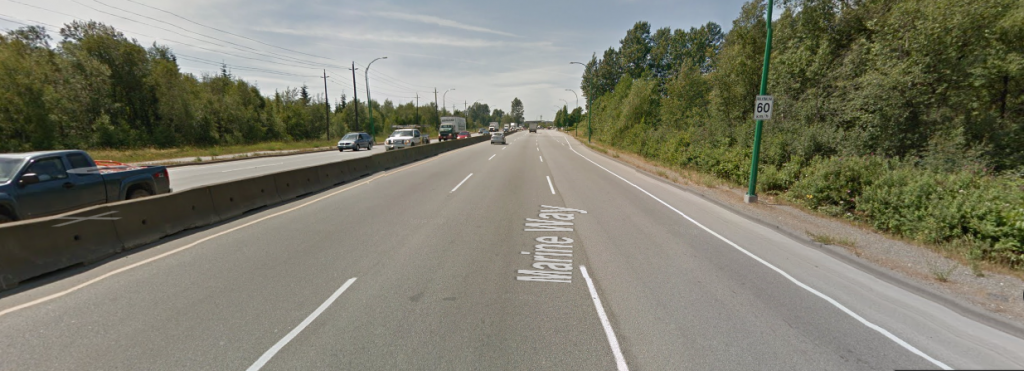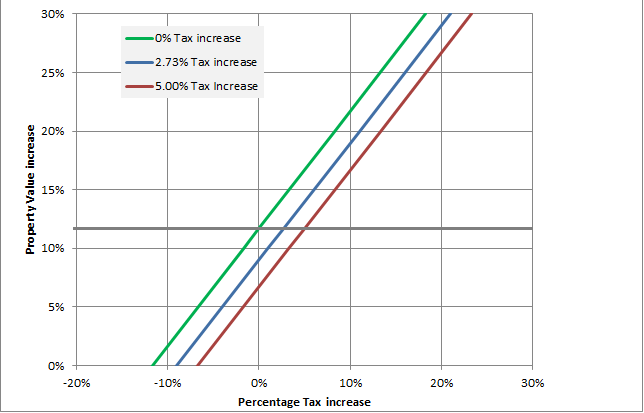Tom asks—
Hi, loving your blog!
Bit of a general question: Do you think heavy passenger rail, of the type found commonly in Britain or Switzerland, could ever be useful in the Lower Mainland, and as an international connection for Cascadia?
Thanks for your time.
It already is! The West Coast Express is a pretty successful heavy rail transit system right here in the Lower Mainland and run my TransLink. By “successful”, I mean it is reliable, popular, and regional-development-defining. There is a debate about how to assess the financial success of the service, as they do pay a significant lease rate for the CP tracks they use, which requires the service to be subsidized from TransLink general revenue. But subsidizing passenger rail for the larger societal benefits is the norm in Europe, not an exception.
Of course, there are also rail connections to the rest of Cascadia, even if they are not really operated in a way that makes them “commuter” friendly. I would suggest until we develop widespread electrification of rail and the economics of aircraft travel are adjusted to match the environmental impacts, there simply isn’t the population density or economic model to push more rail through the challenging Cascade Mountains. Maybe the next generation will fix this.
There may be more potential in the nearer future for commuting in the Fraser Valley, though. There has been an activist group in the Lower Mainland for more than a decade fighting to get more rail service South of the Fraser. Over the years, “Rail for the Valley” have discussed the use of heavy and light rail options, specifically along the old Interurban rail corridor. This electric rail line used to operate between Vancouver and Chilliwack via New Westminster before the rails-to-rubber movement stripped it of customers and land back in the middle of last century (see Who Framed Roger Rabbit for more context).
It is clear that the long-range development model for the Fraser Valley is one that would support a heavy rail based commuter transportation system. Cities like Abbotsford are buying into the Smart Growth model of building denser urban centres with mixed uses and pedestrian and transit amenities. This is partly driven by economics working better for cities trying to deliver services, but mostly because the ALR continues to limit their ability to spread out as their populations boom. Extending the “Cities in the Sea of Green” motif could see Langley, Chilliwack ,and Abbotsford town centres connect to Surrey’s new “hub” via the existing rail corridors to King George or Scott Road.
This would really open up economic potential for those communities, and indeed for Surrey and the rest of the Lower Mainland. However, that is not the path we are on. Instead, we have spent $5 billion (and counting) on building freeways to get cars in and out of the Valley, and it appears the Provincial Government is dedicated to that path. Meanwhile, even the most modest of public transit improvements in the Lower Mainland are stuck in a funding and planning quagmire because one of the three levels of government simply refuses to show leadership or foresight.
A region-defining development like this would need a sense of vision. The Local Governments have shown similar vision, the federal government is ready to step up and fund bold initiatives like this. But much like any poorly-functioning transportation system, there is a piece in the middle that just doesn’t allow the connection to happen, and gums up the whole works.
Is it a good idea? Yes. Will it happen in the foreseeable future? No.




